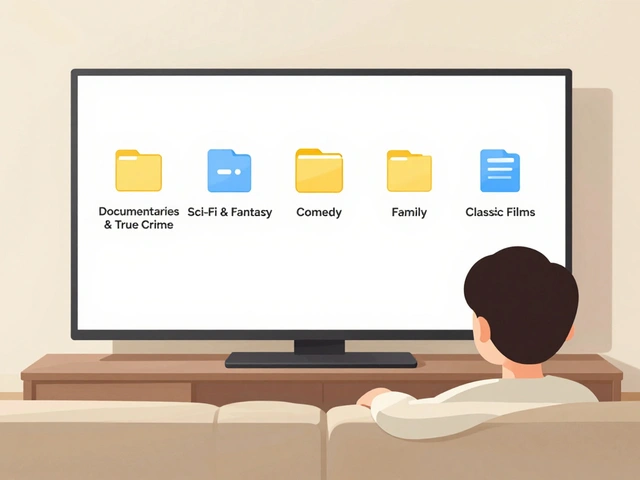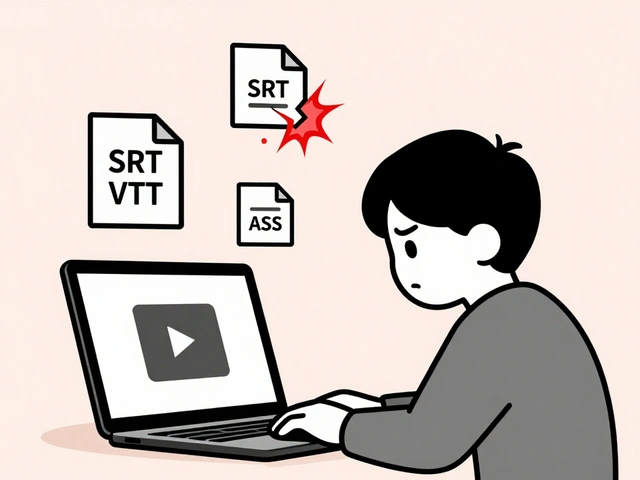Ethereum Network – Guide, Tools, and Latest Insights
When exploring Ethereum network, a public, permission‑less blockchain that powers decentralized applications and digital assets. Also known as Ethereum, it supports smart contracts and DeFi ecosystems. Built on the broader blockchain technology, the network handles transaction fees called gas fees. This foundation lets developers launch tokens, create dApps, and experiment with new finance models.
Key components of the Ethereum ecosystem
The Ethereum network encompasses several layers that interact in predictable ways. At the base, the blockchain records every transaction in an immutable ledger, ensuring transparency and security. On top of that, smart contracts act as self‑executing code, enabling trustless agreements without intermediaries. These contracts fuel DeFi platforms, where users can lend, borrow, or trade assets directly. Meanwhile, gas fees serve as the economic engine that prioritizes and validates operations, influencing both cost and speed. Understanding how each piece fits together clarifies why upgrades like Ethereum 2.0 matter.
Ethereum 2.0, also called the consensus layer upgrade, introduces proof‑of‑stake to replace the energy‑intensive proof‑of‑work model. This shift reduces the network’s carbon footprint and promises higher throughput. The upgrade influences gas fees by aiming to lower them as demand grows, directly impacting user experience on DeFi platforms and dApp performance. Developers and investors alike watch these changes because they affect transaction costs, security guarantees, and the overall scalability of the ecosystem.
Beyond the technical stack, the Ethereum network supports a vibrant token economy. ERC‑20 tokens follow a standard that makes them interchangeable across wallets and exchanges, simplifying token launches and liquidity provision. Meanwhile, NFTs build on the ERC‑721 standard, enabling unique digital ownership that fuels art, gaming, and collectibles markets. Both token types rely on smart contracts to enforce ownership rules, demonstrating how the core entities—blockchain, smart contracts, and gas fees—interlock to create new business models.
Practical usage of the Ethereum network often starts with a wallet, whether hot (online) or cold (offline). A wallet manages private keys, signs transactions, and pays gas fees. Choosing the right wallet impacts security and convenience, especially when interacting with DeFi protocols or NFT marketplaces. As the network evolves, wallet providers integrate layer‑2 solutions that batch transactions, further trimming gas costs and boosting speed.
Below you’ll find a curated collection of articles that dive deeper into each of these topics. Whether you’re curious about the latest upgrade, need tips on managing gas fees, or want to explore the token standards powering today's digital economy, the posts ahead provide clear, actionable insights to help you navigate the Ethereum network confidently.
26
Ethereum Blockchain Explained: What It Is, How It Works & Why It Matters
Learn what the Ethereum blockchain is, how it works, its key features like smart contracts, and why it matters for finance, gaming, and more.
Latest Posts
Popular Posts
-
 How to Cancel Paramount+: Step-by-Step Guide
How to Cancel Paramount+: Step-by-Step Guide
-
 Paramount+ with Showtime vs. Peacock Premium vs. ESPN+: Which Sports Add-On Fits Your Viewing Habits?
Paramount+ with Showtime vs. Peacock Premium vs. ESPN+: Which Sports Add-On Fits Your Viewing Habits?
-
 App Layout Strategies: Organize Streaming Services by Genre and Use
App Layout Strategies: Organize Streaming Services by Genre and Use
-
 Data Management: DIT, Backups, and Archival Best Practices for Video Teams
Data Management: DIT, Backups, and Archival Best Practices for Video Teams
-
 Why Subtitles Aren't Working: Fix Common Video Text Issues
Why Subtitles Aren't Working: Fix Common Video Text Issues



